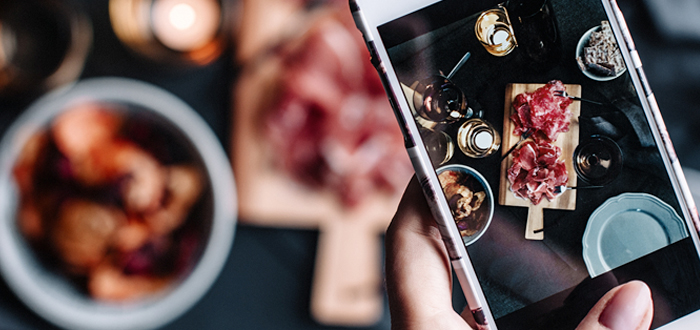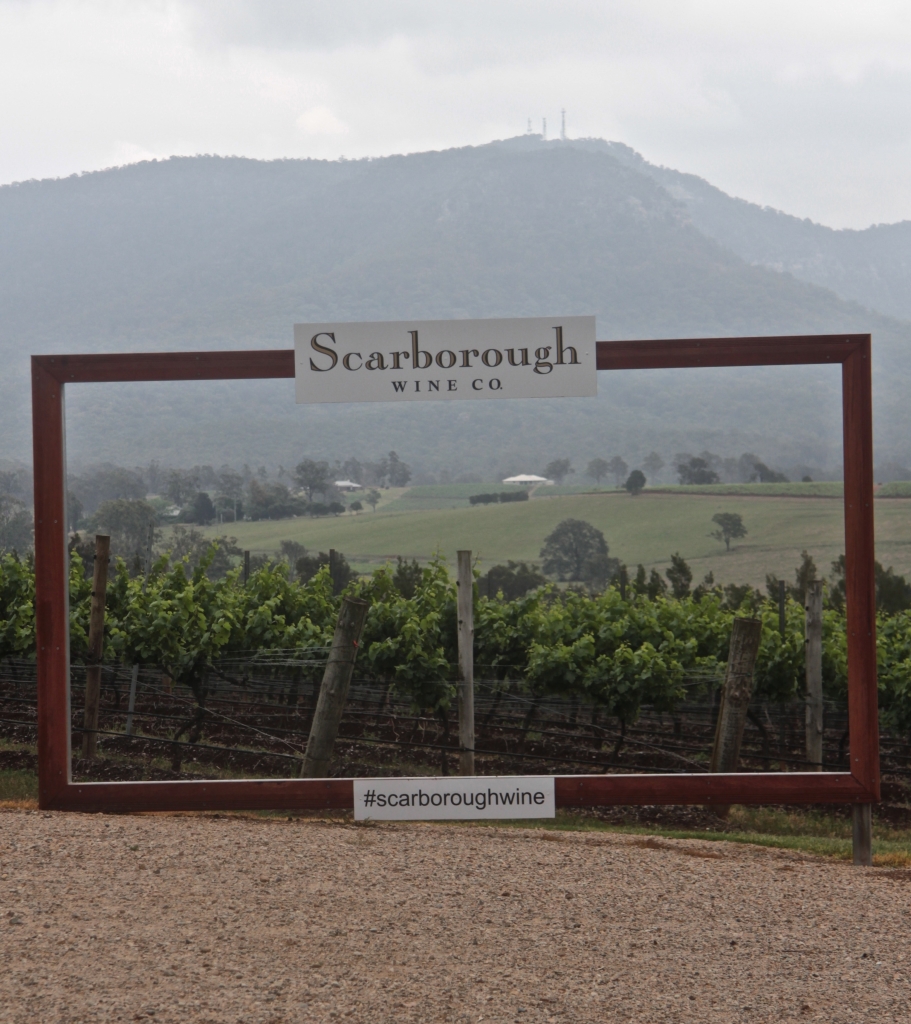User-generated content (UGC) is defined as “any form of content such as blogs, wikis, discussion forums, posts, chats, tweets, podcasting, pins, digital images, video, audio files, advertisements and other forms of media that was created by users of an online system or service, often made available via social media websites”.
As marketers, it’s easy to get caught up in the traditional ways of advertising, focusing on the brand’s owned assets, creating beautiful images and collateral. But as a result, we can neglect to take up one of the easiest opportunities for customers to be advocates for our brands. It’s time to recruit consumers to help to tell our brand stories through user-generated content (UGC).
UGC, as a trend, is catching on – a recent report from Content Marketing Institute found that 78% of B2C companies are planning to use user-generated content in their marketing strategies this year. Marketers are realising that UGC is a very important device in their toolkit to broaden reach. So what kind of content? Anything goes. From blogs, discussion forums, chats and tweets to podcasts, pins, digital images, video and audio files.
Digest UGC at its best by looking no further than Apple. One of its latest campaigns features images from its customers shot on their own iPhones. It won a Grand Prix at Cannes. When 92% of consumers trust peer recommendations from friends and family and 70% trust online reviews more than other forms of advertising, using UGC represents a great form of referral marketing. Consumers are naturally drawn to products and services to which other consumers already feel connected.
Here are Mastermind’s top 5 tips to encourage more user-generated stories about your brand:
1) Create theatre
Mobile phones are now a permanent fixture in the lives of many consumers. At this weeks Telsta Digital Summit (Oct 2015), Brian Solis quoted that we are looking at our phones over 1500 times per week and spending more than 177 minutes per day on our phone! Take advantage of this capability by creating theatre around your brand. How can you orchestrate opportunities for brand content to be so compelling for consumers they have no choice other than to capture it and post it.
Take a look at the InstaFrame installed by one of Mastermind’s clients Scarborough Wine Co. in its vineyard – it’s a convincing invitation for consumers to put themselves in the picture and generate conversations about the brand.
2) Embed UGC into your website
Want to flow all this UGC onto your brand’s website? Easy. Take a look at Stackla, Iconosquare or Shuttlerock to discover how they can aggregate conversations. Many of the tourism websites and event companies have adopted these tools to bring stories to life. Great options for visual displays of content at events also exists.
Wynns Coonawarra Estate has recently launched a great new website “Wynnsapedia” featuring user-generated content. Check it out.
Similarly, one of our Mastermind clients Best’s Great Western encourages their fans to review their wines using the review functionality on their website with a quarterly tasting panel that helps to generate discussions about their brand. If you have the ability to review your products online, ask yourself whether you are fully utilising this functionality and what you can be doing to encourage further reviews and conversations.
3) Reward your customers
Customers love the limelight. Give them a chance to be the hero of your story and chances are they’ll jump at the opportunity. So consider how you can make this happen. And importantly, reward them for doing so. This could be as simple as featuring a fan of the month, or featuring content like Tourism Australia does with its fan-based content on social media platforms.
Competitions can also be a great way to generate content about your brand, but make sure you’ve been very clear about the terms and conditions of entry and ownership of any images that might be created as a result of consumers entering the competition.
We’re even starting to see brands using user-generated content as a form of social currency – Marc Jacobs introduced a pop-up shop where consumers paid through content #MJDaisyChain. Sydney is home to one of the first Instagram hotels with Hotel 1888 offering substantial discounts for content being shared and Birdseye created a pop-up restaurant in which people paid for their food with content.
4) Make your social profiles known
It sounds totally obvious – if you have a hashtag related to your brand, make sure people know about it. But it’s a constant fail in so many marketing strategies. The hashtag must be included in broader marketing communications. It’s up to you to encourage your fans to use the hashtags when sharing branded photos. How? Place strong calls to action where consumers can find them. It could be as simple as making sure the hashtag is included in your Instagram bio. Or incluing it prominently in your venue experience so that it’s visible – perhaps on a menu, on signage in the venue or on your website?
If you’d like to see UGC at its best, Hubspot reviewed great examples of user-generated content in its report – be inspired.








